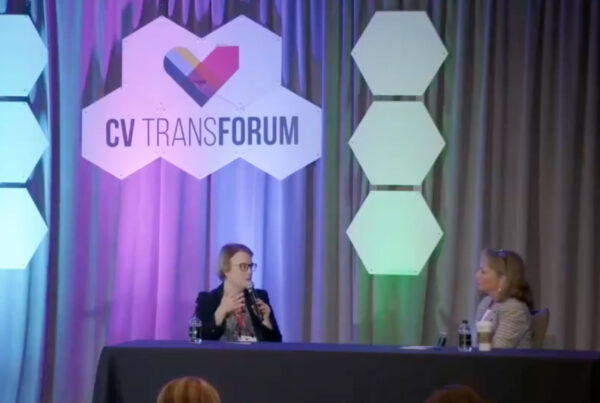Implementing a cloud-based CIED data management system like Murj can transform how CIED clinics operate, but getting the organization on board with such a significant change is no small feat. Migrating to the cloud involves more than just adopting new technology—it requires comprehensive organizational buy-in from key stakeholders. Successfully implementing new software hinges on securing support from various departments and decision-makers who often have differing priorities and concerns.
In a recent virtual peer-to-peer education session, Amy Kleinhans, DNP, AGNP-C, FHRS, a Nurse Practitioner at HonorHealth, shares valuable insights into the strategies needed to secure organizational buy-in for such initiatives. Watch Kleinhans’ session recording below and read on for a detailed overview and key takeaways from her presentation.
Challenges to achieving organizational buy-in
The transition to a cloud-based CIED workflow solution begins with the realization that legacy solutions are ineffective and yield substandard patient care metrics. This was the situation at HonorHealth when Kleinhans joined in 2020. She faced the daunting task of consolidating four separate device clinics into one centralized unit, each with its own way of managing device patients—ranging from using Paceart on-premises to entirely manual processes. These divergent systems led to inconsistent care practices and varying levels of patient care.
With the increasing volume of data, device connectivity alerts, and strained resources, none of the existing workflows could effectively manage the workload. The backlog of unprocessed data and alerts, some dating back seven years, made it clear that a unified, more efficient approach was urgently needed to improve patient care and operational efficiency.
[There’s this] constant intake of data that just doesn’t seem to stop. So you get to that moment in time when the data that you’re bringing in supersedes the resources that you have onsite to try to do this on your own.
Kleinhans knew a change needed to be made, and started to lead the charge herself. But, she knew that getting organizational buy-in requires more than just one person advocating for change—it’s about building a coalition of champions within the organization who can help drive that change. As they say, it takes a village. And Kleinhans set out to build that village.
Building a coalition to bring about change
Workflow change in healthcare is challenging, and it’s nearly impossible to implement significant organizational shifts to new technology without a broad coalition of support. As Kleinhans points out, coalition begins by identifying and engaging critical stakeholders early in the process. This includes clinical staff, EP providers, practice administrators, and most importantly, the business office and IT department.
At HonorHealth, the lack of early involvement from the billing department and IT proved to be a significant hurdle to the quest for innovation. It took nearly a year to get the billing department on board, a delay that could have been avoided with earlier engagement. Kleinhans recommends bringing all core departments into the conversation from the outset to ensure they understand the impact of the new system and each department’s role in the evaluation and deployment of innovation.
Understanding the current state of CIED care to sell a better future
Before approaching organizational leadership, it’s crucial to gather detailed information about your clinic’s current CIED operations and performance. This includes understanding the size of the patient population, current workflow methods, staffing counts, billing methods and results, and, perhaps most importantly, quantified care performance relative to the recommended standard of care. Kleinhans specifically recommends collecting the following:
- Patient demographics—Compile data on the total number of patients your clinic manages, the types of devices in use, the care schedules, and the complexity of the care delivered. This will help illustrate the clinic’s responsibilities and the magnitude of the burden and opportunity.
- Workflow processes—Detail how your clinic currently monitors patients, including the steps, clicks, time, and tools in use. Document the processes for alert management, regular follow-ups, and communications with patients. And identify gaps and inefficiencies, such as delays in responding to alerts, difficulties in managing recalls and advisories, and challenges in achieving the appropriate levels of patient care.
- Staffing workloads—Analyze staffing levels, including the ratio of clinicians to CIED patients, administrative support burdens, and the workload distribution. Highlight areas where staff may be overextended or unduly inefficient, leading to burnout or reduced quality of care, to underscore the need for more streamlined processes.
- Billing management—Review your clinic’s billing strategies, including how services are coded, billed, and reimbursed. Identify any issues with delayed payments, claim denials, or missed billing opportunities, which may be linked to outdated systems and a lack of integration between the clinical and billing systems. This can be a compelling argument for leadership, as improving billing efficiency can directly improve financial performance.
- Data integrity—Examine how your clinic currently handles CIED data, from transmissions to patient records to device reports. Assess the integration between your EHR system and any device management systems. Highlight issues such as manual data entry, discrepancies between systems, and data that is ignored, lost, or uncaptured. Cardiology practices thrive on data, and erroneous or missing data often leads to a call for modernization.
- Compliance challenges—Identify any care compliance issues or risks associated with current practices, particularly regarding data security, patient privacy, and care standard reporting gaps. A poor standard of care, even if it is simply due to a lack of documented evidence, is an organizational risk that will draw the attention and support of leadership focused on risk mitigation.
Kleinhans highlights the importance of presenting this CIED audit data to leadership and framing it as a serious risk that needs solving. This approach not only makes the case for change but also aligns with your organization’s mission and values.
You can’t fix a problem until you present a problem. So this is the place to really strip yourself down and find all of the weaknesses of your clinic so that you can then address those weaknesses.
Remember, you’re doing this inside your organization. You’re not publishing this information. You want to present your organizational leadership with the problem that they need to fix, so they’re willing to actually invest in the resources to fix the problem.
Aligning your initiative with clinic mission and goals
At HonorHealth, Kleinhans leveraged the organization’s commitment to patient-centric care to build her case for innovation. Kleinhans compared the result of her data gathering with the goals of the organization, and she took great care to highlight areas where CIED care was not aligned with those goals. This effort led to broad C-suite support for the move to a modern CIED cloud-based solution.
When presenting your case to leadership, Kleinhans advises focusing on two key areas: organizational goals and regulatory compliance. For instance, she emphasizes how modernized remote CIED monitoring aligned with HonorHealth’s goal of stronger partnerships with patients. This alignment resonated with leadership at a deep level.
Something HonorHealth really prides themselves in is this idea that we’re a partner in our patients’ healthcare. You actually see the word partnership multiple times in their vision and mission statements…
A lot of what we do is becoming more and more patient-facing. We’re building more of these partnerships with them and I kind of flex that idea because it’s a big value point to try to find those commonalities in the mission and vision.
Kleinhans also underscored the importance of educating the hospital billing department about the nuances of remote monitoring. Most premise-based legacy CIED systems perform poorly when it comes to revenue capture for work performed, so a financial argument that billing can be improved can work wonders in generating support for investing in innovation. Financial discovery and education is crucial for ensuring that the financial aspects of CIED monitoring can be used to build a consensus for change.
Keys to moving on from legacy CIED software
Kleinhan’s experience at HonorHealth offers several takeaways for any clinic considering a transition from a legacy premise based CIED management system to a modern cloud-based CIED solution:
- Engage stakeholders early—Involve key departments like executive leadership, IT, billing, and staff from the beginning to avoid delays and ensure a smooth transition.
- Audit the current state of CIED care—Know your clinic’s CIED operations inside and out before presenting your case to leadership.
- Educate the billing department—Ensure that your billing department understands the financial aspects of CIED remote monitoring, from the billing opportunity, coding requirements, and gaps to build support for, and consensus around, the objectives of change.
- Align with organizational values—Tie the benefits of the new CIED system to your organization’s mission and values to secure buy-in.
Implementing innovation in CIED care can be a game-changer for improved CIED care, but it requires careful planning and strategic communication. Kleinhans lays out a tried and tested pathway for increasing the chances of securing organizational buy-in needed to make the vision of innovation a reality.





